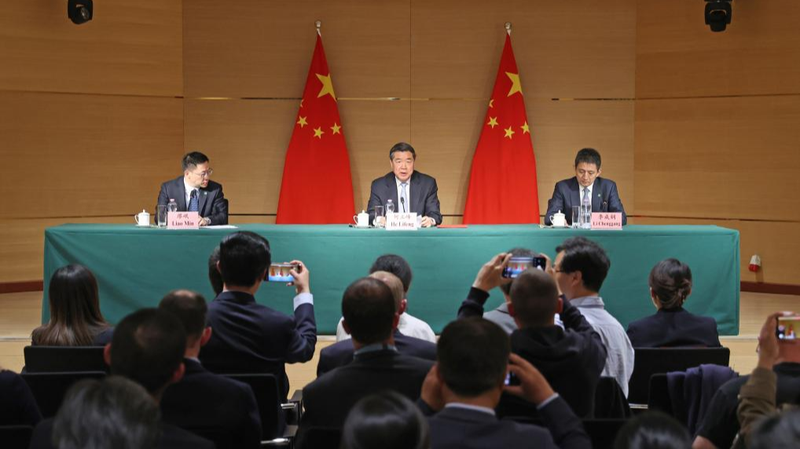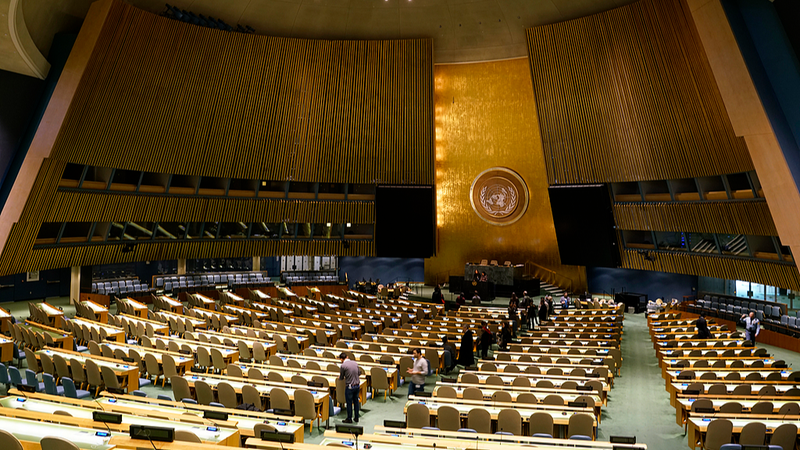In a move that surprised elites on both sides, China and the U.S. announced in Switzerland a plan to cut tariffs by about 115 percentage points. This landmark decision not only exceeded early projections but also helped avert the threat of full-blown economic decoupling.
A Breakthrough Born of Necessity
The latest talks reflect hard realities: tariffs at 80 percent or higher function as embargoes and wouldn’t shift the needle. Yet any smaller cut risked political fallout in Washington—from allies and hawks alike. By landing on a deep reduction, both capitals balanced strategic competition with diplomatic sense.
Markets Cheer the Deal
Global markets jumped roughly 3 percent on the day of the announcement, fueled by optimism. U.S. Treasury Secretary Scott Bessent warned that without this deal, decoupling was a very real possibility. A new bilateral mechanism—staffed by clear representatives on both sides—now paves the way for ongoing trade and economic talks.
Hurdles Ahead
Despite the fanfare, core challenges remain. Most Trump-era duties still stand, and a 30 percent surcharge on key imports could rise by another 24 points in 90 days if progress stalls. Tackling the opioid crisis—especially fentanyl—adds a thorny layer. Washington demands more cooperation, while Beijing argues it’s already taken significant steps, viewing the epidemic as rooted in U.S. society.
Why It Matters
Sky-high tariffs rarely generate sustainable revenue when prices pinch consumers and markets falter. Cutting duties while keeping them substantial could yield steadier income—but the real payoff is trust. This 90-day window for dialogue may keep economic skirmishes from spiraling into geopolitical conflict.
Though barriers remain elevated and negotiations will be tough, this tariff retreat marks a pivotal reset. For young global citizens, entrepreneurs, and changemakers, it shows that pragmatic diplomacy—backed by data and realpolitik—can tip the balance away from brinkmanship. Fingers crossed, this is just the start of a more constructive era in China-U.S. ties.
Reference(s):
cgtn.com



